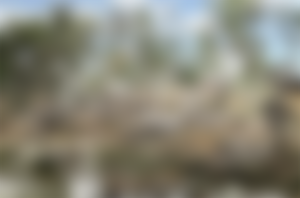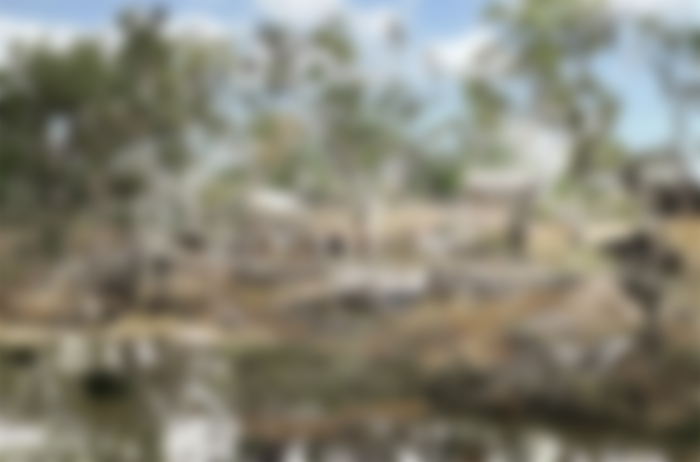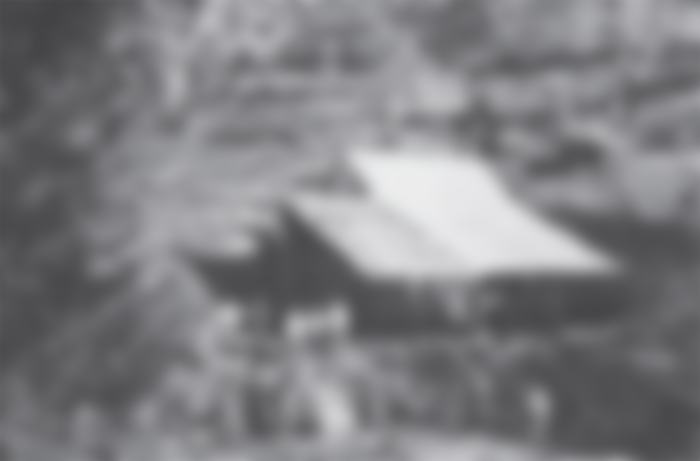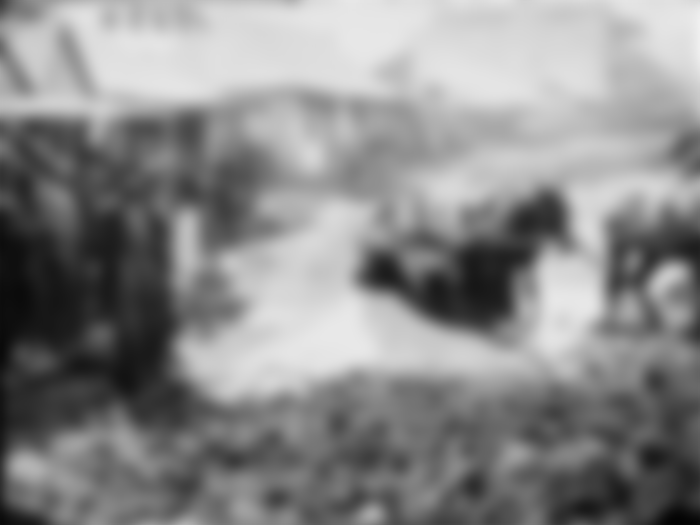The so-called Holtermann Nugget was found on this day in 1872. It contained 99.8 kilograms of gold. It was discovered in Australia, at the Beyers & Holtermann Star of Hope mine, located in the town of Hill End, New South Wales. The lump was 1.5 meters high and weighed a total of 285.7 kilograms.Such a mass of gold would be worth nearly $ 5 million in modern currency. The man who found it, Bernhardt Holtermann, used it to fund the construction of a magnificent villa near Sydney.

Born in Hamburg in 1838, Bernhardt Holtermann immigrated to Australia in 1858 to avoid conscription into the Prussian military service. Holtermann arrived in Melbourne on the Salem in August 1858, after a voyage of 101 days. He then continued on another vessel to Sydney, where a fellow countryman offered him shelter. Holtermann soon understood that he had to be willing to accept any available occupation if he were to make any money, and so he ended up working as a steward, as a photographer’s assistant, and then as a waiter at the Hamburg Hotel, an establishment favored by gold-miners. There, young Bernhardt took every opportunity to talk to miners and began to learn everything that he could about prospecting.

At the Hamburg Hotel, he became close friends with a Polish miner named Louis Beyers, who convinced Holtermann to set off with him to become a prospector. And so in 1861, Beyers and Holtermann, whose association was destined to last for many years, headed west to look for gold at Tambaroora, near Hill End. At Tambaroora they confronted the realities of gold mining. Days, months, and years passed with little or no reward. Small quantities of gold—just enough to keep their faith alive—would be found from time to time. In the beginning of the Victoria Gold Rush, there had been tales of gold nuggets lying visible in the sand. By 1867, those tales had been forgotten. Holtermann prospected and mined, sometimes alone, sometimes in the company of his good friend Beyers.

In September 1868, their mine finally yielded a rich vein; 1,400 ounces of gold were extracted from the first twenty-eight tons of stone. Overnight the two partners and their fellow shareholders became wealthy men. Holtermann continued in the partnership, while some others took their shares and left. Now one of Hill End’s wealthiest citizens, Holtermann purchased land, built two blocks of shops, secured a controlling interest in the Hill End Observer, and became a guarantor for the building of several churches. Soon, he was scanning Sydney for a piece of land suitable for a great house, one that would add luster to the name Holtermann. When a particularly rich vein was located early in October 1872, however, he was quickly back at the mine to give his personal attention to the mining and crushing.

Then—the day of his life. On 19 October 1872, Holtermann’s crew came across the largest specimen of reef gold ever known (though loosely referred to as a nugget, the gold was in fact embedded in quartz reef). It was slowly brought to the surface, as carefully as possible, under the supervision of Holtermann and his assistant mine manager. It was clear from the first that Holtermann regarded the nugget as his, and he commissioned the photographer Beaufoy Merlin, whom he had met earlier that year, to document the great occasion. The now well-known photograph recorded the great specimen alongside the man associated with its discovery.

Holtermann then made a generous offer to the Beyers and Holtermann Star of Hope Goldmining Company. He suggested that he personally purchase the nugget for £1,000 above the estimated market value in order to preserve it from the jaws of the crusher. But, for reasons unknown, the board of the company rejected his proposal, and the enormous nugget was shipped with the other reef material to Pullen & Rawsthorne’s Battery. The picture of Holtermann posing with his nugget (in fact an early photo montage) remains one of the few visual records of its existence.


A few months later, Holtermann was back at the mine, but his heart was no longer in it. In February 1873, he resigned from his position and turned his attention to his new home in Lavender Bay, North Sydney. In an enormous tower positioned on top of his house, Holtermann constructed a room to house a large camera capable of making the world’s largest negatives. He then commissioned Beaufoy Merlin, and later his assistant Charles Bayliss, to help prepare a series of large-scale spectacular photographs documenting both Sydney and the mining fields. Holtermann’s hope was that these images would help encourage immigration to his adopted country by showing the world the successes of the colony.
The most spectacular photographic project was a 360-exposure panorama of Sydney taken from Holtermann Tower. Three-meter panorama Discoverer of the heaviest golden ridge in the world and twice as tall as any previous photographic panorama. He died April 29, 1885, at the age of forty-seven.





